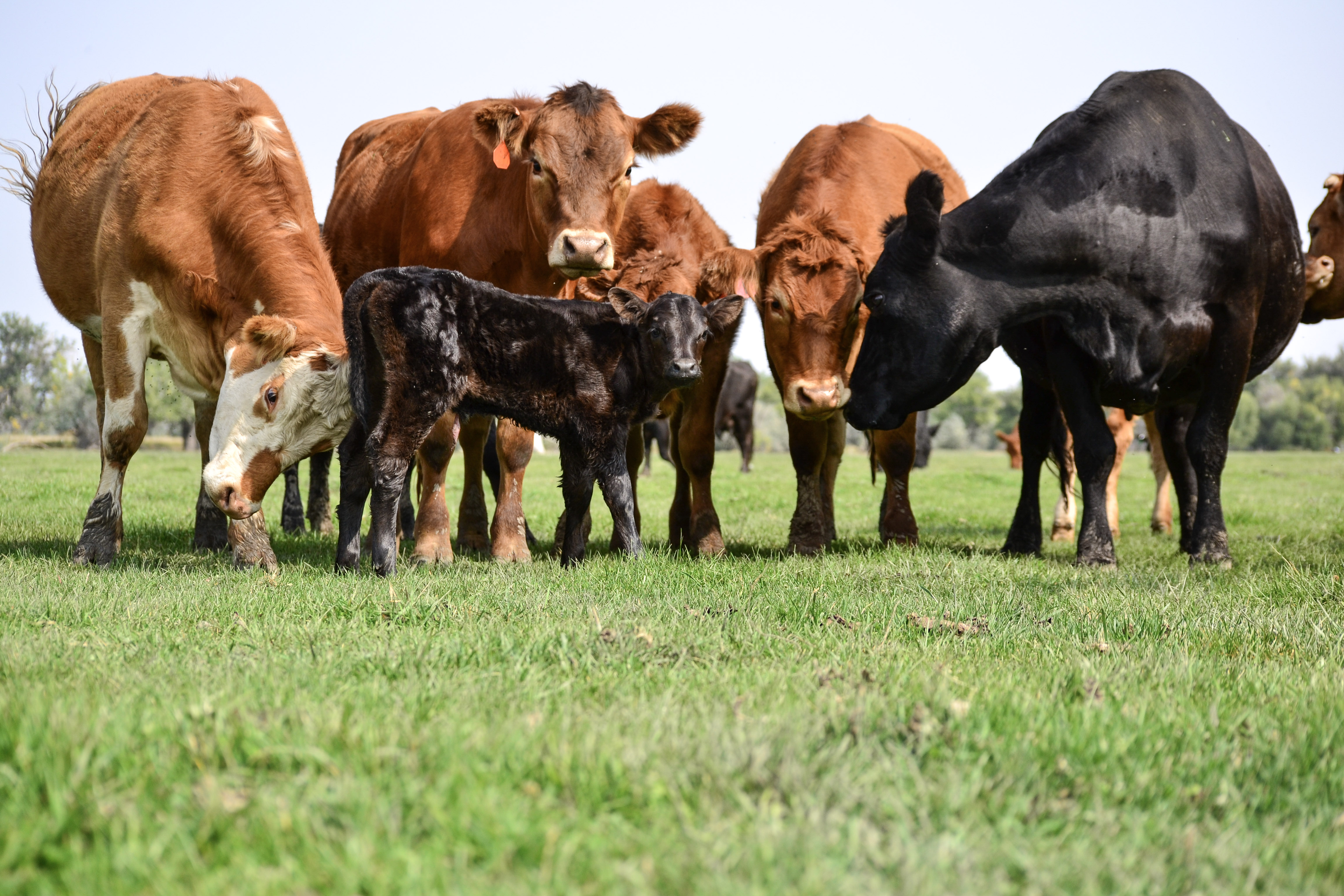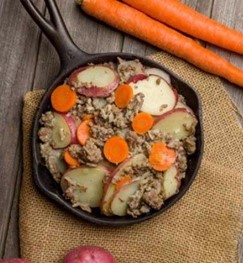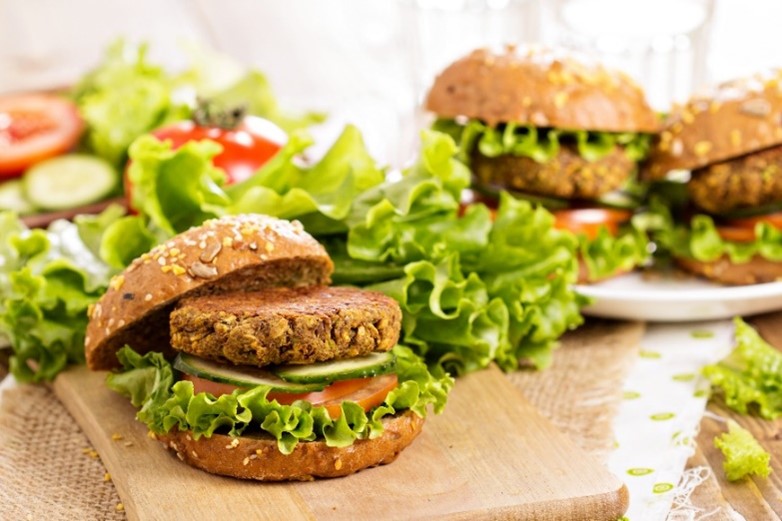Montana Grown

Plant a backyard, community, or school garden
For the best results with a backyard, community or school garden in Montana, consult the MontGuides produced by Montana State University Extension at www.msuextension.org. Here are a few examples of what you can find in the Yard and Garden Publications:
- Planting a Home Vegetable Garden
- Can I Grow that Here? Vegetable Seed and Transplant Schedules for Garden or Container
Tips for planting gardens
Find the last frost date in the spring for your area at https://mtmastergardener.org/linksandresources/frostfreezedata.html
Seeds and plants that will produce food for a household can be purchased with SNAP benefits. When you plant, make sure to follow the spacing instructions on the seed packets or MontGuides for each kind of vegetable.
Many vegetables don't have time to mature in Montana's short growing season. Start these plants indoors or buy transplants from a local nursery or garden center.
Consult a schedule like the ones in the MontGuides mentioned above for planting times based on the last frost date in the spring in your area.
Plant 2-3 weeks before the average last frost date.
- Plant seeds: Beets, carrots, Swiss chard, kale, lettuce, parsnips, peas, and turnips.
- Plant transplants: Cabbage
Plant 2 weeks before the average last frost date.
- Plant seeds: Radishes
- Plant transplants: Broccoli, Brussels sprouts, cauliflower, and celery.
Plant around the average last frost date.
- Plant seeds: Bush beans, pole beans, cucumbers, and summer squash (including zucchini).
- Plant transplants: Eggplant, bell peppers, and tomatoes.

Food grown in Montana
Montana ranks second in the nation for the amount of land used in farms and ranches. By buying Montana-grown food, you support farmers, ranchers, and local economy. Some of the most commonly grown or produced foods in Montana are described below; many other Montana-grown foods are also available.
Montana fields grow an impressive amount of grains including wheat, barley, oats, and corn. Look for whole grain products made with Montana flour. Whole grain products can help you meet the MyPlate goal of making half your grains whole while adding a boost of fiber.
Montana is the top producer of lentils in the United States, producing almost 40% of the lentils grown in this country! Lentils are a good source of fiber, folate, protein and iron. MyPlate suggests choosing low fat or lean sources of protein, which makes lentils a great choice,
Consider trying familiar and unfamiliar varieties of Montana-grown apples. You may be able to pick your own apples at a farm in your area. Apples are a good source of fiber and vitamin C.
Cherries grow along the east side of Flathead Lake in Montana. Montana produces about 2 million tons of sweet cherries each year! Fresh cherries are only available for a short time in Montana, so get them while you can! Cherries are a good source of fiber and vitamin C.
Montana has more cattle than people! Beef is a good source of iron. Look for lean beef products to follow the MyPlate recommendation of choosing low fat or lean sources of protein.
Buying Montana-grown products
You may be able to find Montana-grown products at retailers that accept SNAP benefits. Look for retailers that accept SNAP at: http://www.fns.usda.gov/snap/retailerlocator
Look for local foods and local farmer's markets at: https://abundantmontana.com/
For a list of Montana farmer's markets and other locations that offer the opportunity to double your SNAP dollars, go to: https://www.doubledollarsmt.com/
Featured Recipes
Beef and PotatoesWash and peel the potatoes. Collect, slice, and measure all ingredients beforestarting to prepare the recipe. Brown ground beef in a large skillet. Remove theskillet from the heat. Remove excess fat by pushing the beef to one side, then tilt the skillet in the opposite direction so the liquid fat pools away from the beef. Use a large spoon to remove the liquid fat form the pan. Discard the fat in the trash can.Put the skillet back on the heat. Add water, potatoes, and seasoning mix. Stir to combine with the beef.Bring to a boil, then reduce heat to low, cover, and simmer for 20 to 30 minutes or until potatoes are tender.Uncover and cook until excess water is evaporated. Taste and add a small amount of salt if desired. Refrigerate leftovers within 2 hours. Eat within 3 to 5days. |
 |
Lentil PattiesBlend cooked lentils, egg, and onion salt.Heat oil in frying pan on medium heat.Drop lentil mixture by Tablespoonfuls into frying pan.Press flat and cook over medium heat. Flip to cook other side. |
 |

 You may require
You may require